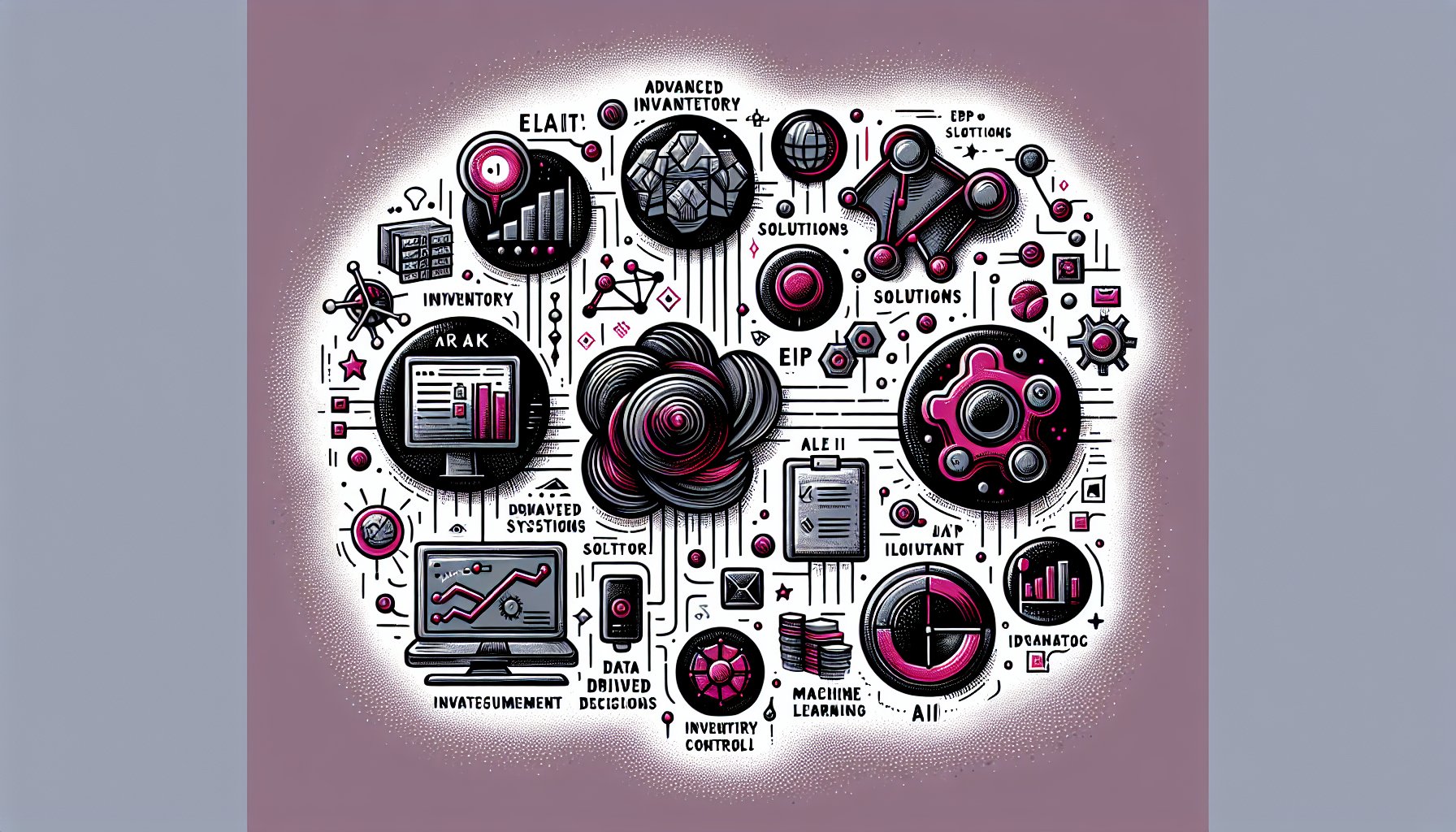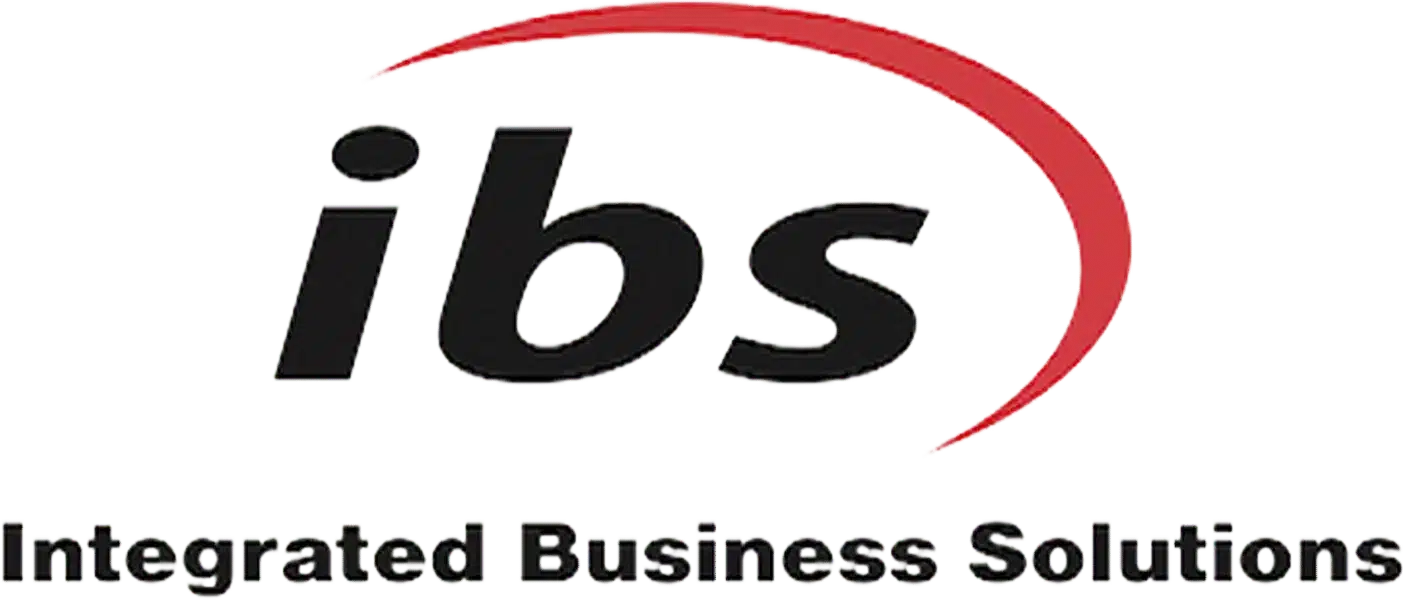Inventory Management
Streamlining Operations: A Comprehensive Guide to Advanced Inventory Management Systems
Discover how Advanced Inventory Management Systems can revolutionize your operations. Streamline processes, enhance accuracy, and drive growth with our comprehensive guide. Learn to choose the right system for your needs today!
Nov 19, 2025
9 min read

Streamlining Operations: A Comprehensive Guide to Advanced Inventory Management Systems
You know that feeling when you're neck-deep in work, wondering if there's a light at the end of the tunnel or just another spreadsheet waiting to pounce? Welcome to the world of inventory management, where chaos is constantly lurking around the corner. But fear not, because Advanced Inventory Management Systems are here to save the day, and possibly your sanity.
In today’s fast-paced distribution world, where instant gratification isn’t just reserved for social media likes but also for ordering anything from a couch to a can of beans, the pressure is real. Distribution companies are like swans: they look calm and composed on the surface but are paddling furiously underwater. Advanced inventory management systems, often integrated into broader ERP solutions, are akin to the trusty life jackets every swan needs. These systems help businesses keep their head above water, ensuring that they deliver products quickly and accurately while keeping costs in check.
The Core of Advanced Inventory Management
At the very heart of advanced inventory management systems lies the ability to do much more than just count stock. These systems are like the Swiss Army knives of the business world: versatile, indispensable, and incredibly efficient. By harnessing real-time data, they provide panoramic views of inventory across various locations, be it warehouses, retail outlets, or a third-party logistics provider hiding somewhere in the hinterlands.
Say goodbye to overstocking and stockouts with features like automated reorder points that rely on predictive analytics. Imagine a system that knows you better than you do, one that forecasts demand based on past sales trends and seasonal whims. This approach not only streamlines operations but also delivers a solid left hook to unnecessary costs.
Dollars and Sense: Financial Integration
But wait, there’s more! These systems don’t just stop at inventory management. With financial management features baked in, they become the multitasking geniuses every CFO dreams about. Complete with accounting modules for complex scenarios like multi-currency transactions and consignment inventory, these systems ensure all financial data is as accurate as a Swiss watch. This fusion of inventory management with financial metrics provides a holistic view, enabling businesses to make informed decisions that can literally change the profitability game.
The system doesn't stop there; it throws a bone to your sales team with customer relationship management features tailored specifically for B2B interactions. Think customer-specific pricing strategies, credit limit management, and order history tracking. Armed with these tools, your sales team can build rock-solid relationships with distributors, ultimately making the cash register sing.
The Real-World Magic
Let’s zoom in on a real-world example, you know, the kind without capes but with plenty of heroes. Take a regional wholesaler tangled in a web of outdated systems. By embracing an advanced inventory management system, akin to a business fairy godmother, their operations transformed almost overnight. Order processing times plummeted, customer satisfaction soared, and they finally stopped drowning in manual processes. The centralized platform turned chaos into order, eliminated data silos, and empowered teams to make decisions that weren't just smart but downright brilliant.
The Evolution of Inventory Management: From Ledger to AI
Ah, inventory management, you've come a long way from the days of dusty ledgers. Picture a bustling shop in the early 20th century, where a manager tries to wrestle goods onto shelves with nothing but a pencil and a notepad, those were the days of guesswork and guesstimates. Fast forward to today, and we find ourselves in the midst of a technological revolution, where artificial intelligence and machine learning are the new sheriffs in town.
Early computers paved the way with spreadsheet software, a modest step that soon evolved into the powerhouse ERP systems we rely on today. But hold onto your hats because AI is revolutionizing the landscape even further. Imagine AI algorithms sifting through mountains of data, seasonal trends, economic indicators, you name it, to predict buying patterns with eerie precision. The result? A resilient, agile inventory strategy that adapts to consumer whims in real-time.
Decoding the Jargon: Making Sense of the Buzzwords
Let's face it: jargon is the bane of any industry. But fear not, because here, we'll break down the buzzwords that make your head spin. First up, ERP, Enterprise Resource Planning. Think of it as the maestro of your business orchestra, seamlessly integrating inventory, finance, and CRM into one harmonious symphony. It crushes data silos and ensures everyone is on the same page.
Then, there's inventory control, a catch-all term for maintaining optimal stock levels. With features like automated reorder points and demand forecasting, it's like having a crystal ball that predicts when to reorder stock, so you’re never caught off guard.
And don’t forget lot tracking and serial number management. For a food distributor, lot tracking prevents waste by prioritizing older products. For retail, serial number tracking offers warranty services that foster trust and transparency.
Finally, we have multi-location inventory and omni-channel fulfillment. These are the heavyweights of the inventory world, ensuring your stock is where it needs to be, whether that’s at one of many warehouses or on the way to a customer who ordered online for in-store pickup.
Choosing the Right System: More Than Just Price Tags
Picking an Advanced Inventory Management System is like dating, it’s not just about looks (or price). The right system should meet your specific needs, be it operational, scalable, or user-friendly. If you’re tangled in outdated spreadsheets, an effective system should not only cut costs but elevate productivity and efficiency.
Integration is crucial. It's the magic that turns separate systems into a seamless operation, preventing data silos that can slow you down. User experience matters too; a system that frustrates employees could lead to inefficiencies and unhappy customers.
Let’s not forget customer support. A system is only as good as the help that comes with it, making vendors with solid reputations and robust training programs worth their weight in gold.
Integration in Action: Harmony Among Departments
Integrated Business Solutions knows that in the world of distribution, siloed departments are the enemy. Disparate systems can trip your business over its own feet, leading to missed deadlines and unhappy customers. A unified ERP platform ensures everyone, from sales to finance, is reading from the same script.
Picture this: A sales team enters an order, triggering real-time updates across inventory levels. This immediate feedback loop keeps everyone in the know, eliminating overpromising and underdelivering. Financial modules ensure accurate tracking of profits, while CRM functionalities provide precise answers to customer queries.
The result? A streamlined operation that fosters collaboration and efficiency, transforming your business from a disjointed orchestra into a well-tuned symphony.
Data-Driven Decisions: The Power of Analytics
In a world where every second counts, data-driven decisions are no longer optional, they're a necessity. Imagine upgrading from outdated practices to a modern ERP system with integrated analytics. Suddenly, you're not just reacting to problems; you're preventing them before they arise.
With advanced analytics, businesses can turn raw data into gold, optimizing inventory management, customer relationships, and operations. It’s like giving your team superpowers, predicting demand surges, crafting personalized marketing strategies, and making decisions that drive growth.
The Human Factor: Training and Change Management
No amount of technology can replace the human touch. The success of a new ERP system hinges on the people who use it, making training and change management crucial. Remember, 70% of change initiatives fail due to employee resistance.
Effective training programs should cater to specific roles, making employees comfortable with the change. Meanwhile, change management involves nurturing a culture that sees transition as an opportunity for growth. From internal ambassador programs to storytelling that highlights success, it’s all about fostering a supportive environment.
Future-Proofing Your Inventory Strategy: Trends to Watch
As we sail further into the 21st century, future-proofing your strategy is no longer about keeping up, it's about leading the charge. AI and machine learning are transforming how businesses forecast demand, offering unprecedented accuracy. The Internet of Things is revolutionizing inventory visibility, allowing real-time tracking that was once the stuff of dreams.
And let’s not forget sustainability. Embracing circular economy principles and minimizing waste through efficient inventory practices are becoming essential.
Real-World Success: Stories That Inspire
Real-world success stories serve as powerful reminders of what's possible. Companies like Integrated Business Solutions have faced challenges head-on, adopting comprehensive ERP solutions that transform operations, enhance customer satisfaction, and drive growth. These stories are testaments to the power of advanced inventory systems to not only improve day-to-day operations but also pave the way for sustainable growth.
Your Roadmap to Implementation
The journey to implementing an advanced inventory management system might seem daunting, but fear not! Picture this process as a carefully charted roadmap, where each step brings you closer to operational nirvana.
Start by evaluating your current practices and setting clear objectives. Choose a solution that aligns with your goals, ensuring seamless integration with existing systems. A phased implementation, coupled with robust training, sets the stage for success.
Finally, continuous evaluation and optimization ensure you remain agile and responsive to market demands.
In conclusion, advanced inventory management systems are more than just tools, they're strategic levers that influence the trajectory of business success. Integrated Business Solutions is ready to guide you on this transformative journey, turning challenges into opportunities for growth, resilience, and competitive advantage.
TL;DR Summary
Streamlining Operations: A Guide to Advanced Inventory Management Systems
Advanced Inventory Management Systems (AIMS) are the superheroes of the distribution world, helping businesses meet rapid delivery demands while managing costs. Integrated into broader ERP solutions, AIMS offer a versatile, holistic view of inventory, blending real-time data tracking with financial and CRM functionalities.
From the humble ledger to AI-powered platforms, inventory management has evolved dramatically, making jargon like "ERP" and "lot tracking" essential for operational success. When choosing a system, consider more than just cost, think integration, user experience, and support.
Integrated ERP systems unify departments, preventing silos and enhancing collaboration. Data-driven decisions, powered by advanced analytics, transform operations and improve customer satisfaction. Training and change management are crucial for seamless system adoption.
Future trends like AI, IoT, and sustainability are reshaping inventory strategies. Real-world success stories highlight the transformative power of AIMS, and a strategic roadmap ensures your implementation journey is smooth and effective. Integrated Business Solutions offers guidance on this path to operational excellence and growth.
Need Help?
Check out these related products that can help:
